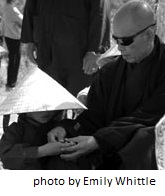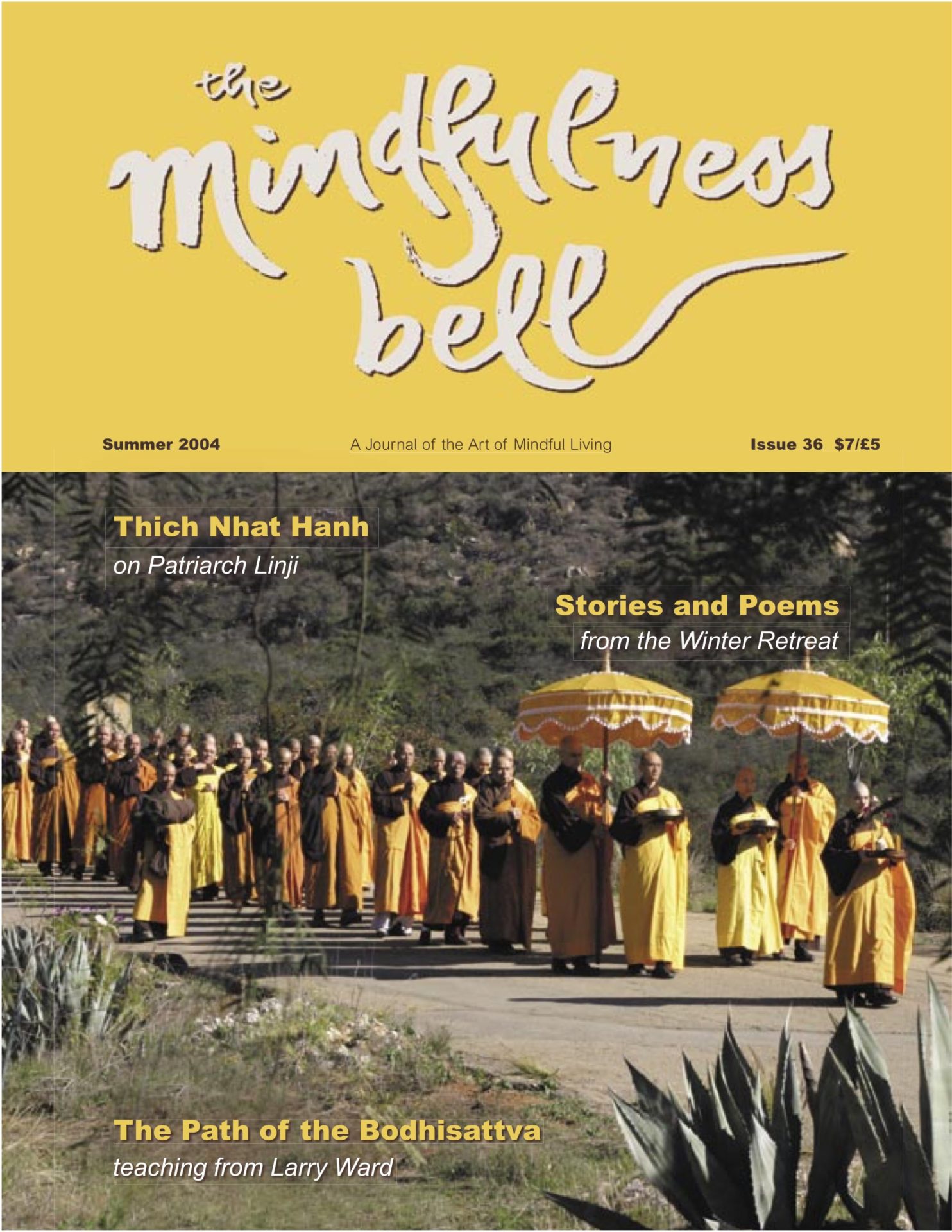An Exercise for Children
By Terry Masters

NOTE What the facilitator might say is in boldface. The answers in parentheses are the answers our children gave us.
We know that a Buddha lives inside of each of us. Not the man who lived a long time ago, of course! But the nature of that man who lived thousands of years ago.
An Exercise for Children
By Terry Masters

NOTE What the facilitator might say is in boldface. The answers in parentheses are the answers our children gave us.
We know that a Buddha lives inside of each of us. Not the man who lived a long time ago, of course! But the nature of that man who lived thousands of years ago. The Buddha’s nature lives inside each of us.
What do you think the Buddha’s nature is like? (Happy, generous, compassionate, kind, loving, open, free, patient, etc.)
Think of someone you love very much. Do you sometimes see the Buddha’s nature in that person? What does that person do, how does that person show you that the Buddha’s nature is inside of her or him?
It is usually easy to see the Buddha’s nature in someone we love. But the Buddha’s nature is in everyone, even people we do not think we like at all. Think of someone you do not like very much. Have you ever seen the Buddha’s nature peek out of that person even a little bit?
What did it look like? (The person smiled; the person once said a nice thing to a friend of mine; the person likes my cat.)
Why is it important for us to remember to look for the Buddha’s nature in ourselves and in everyone we meet? (So that we can love ourselves and others; so we can be happy and make others happy; so we can all have peace.)
Let’s learn a song about how we feel when we notice our friend’s Buddha Nature.
Sing:
Dear friend, Dear friend, Let me tell you how I feel You have given me such treasure I love you so
What do you think the “treasure” is that we sing about in this song? Could it be our friend’s Buddha Nature?
How do we feel about our friends when they show us—when they give us—their Buddha nature? (We love her; we feel happy; we feel grateful.)
Let’s sing the song again.
After the children have learned the words, it is fun to sing the song as a round in two or three (or more!) parts.
This song is a good way to say “thank you” to your friend or someone in your family. When might you want to sing this song? (When my brother doesn’t hit me; when my mom gives me a surprise in my lunch box; when Daddy reads me a story; when my grandmother makes up a song for me; when my friend lets me play with his roller blades)

